Replacement Windscreen Leak and Mould | What to do about it? Video
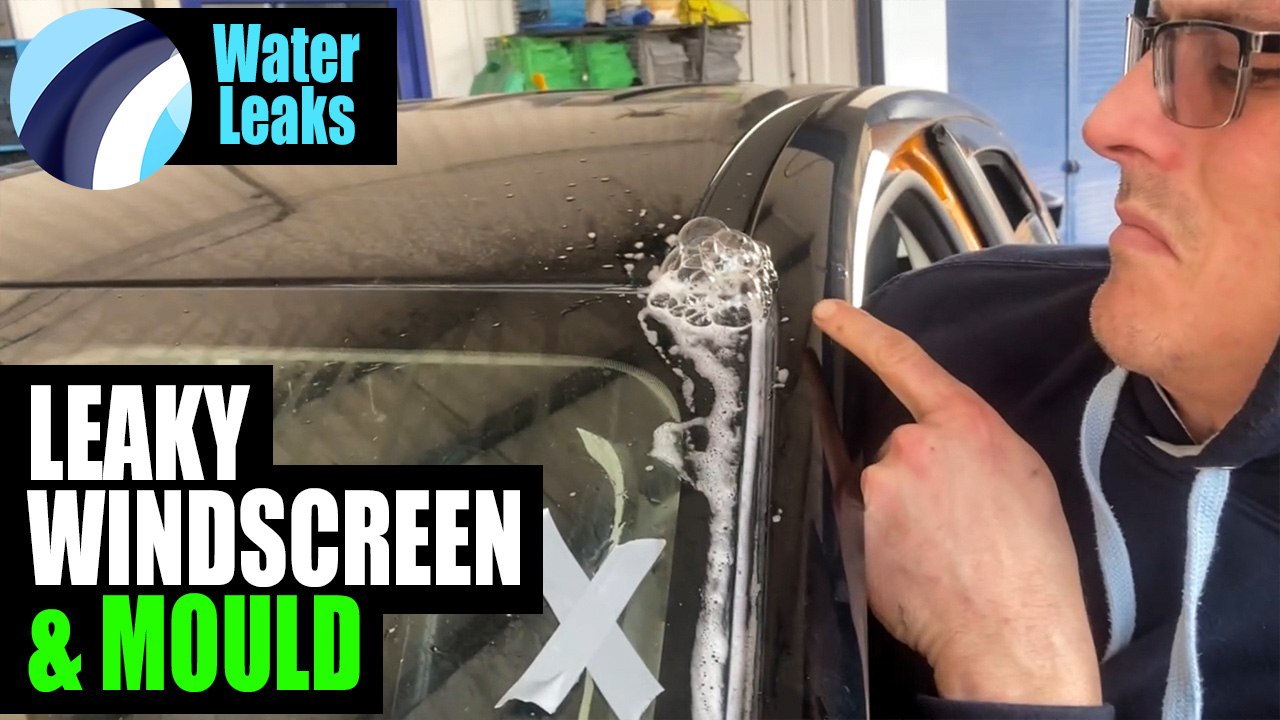
This video shows a windscreen leak repair of a replacement windscreen and the resulting wet, damp and mould problems it can cause.
So you had a replacement screen and now your car is full of water? What do you do about it? Who is pays for the windscreen leak repair?
In the case of this particular car, it was easy. The dealership had refitted a new screen which appeared to be the cause of the leak, and they took full responsibility. So the car went back to the dealership, who no doubt also have an on-site valeter and a body shop, so it's likely they stripped the car out, fitted a whole new carpet and had the interior cleaned.
No doubt the car would have been returned fixed, dry and safe to drive. Mould and mildew shouldn't be a problem because when the car was with us, we treated it with anti-microbial and anti-fungal products, even if we didn't carry out a full decontamination.
Things don't always run so smoothly.
This example car has mould in it, and had a musty mildew smell, and that's a problem that should be taken very seriously. It also had a fair amount of water in it, although this wasn't very much by normal standards.
There is no way in the world a car will dry out on its own, and mould spores spread throughout a car can cause serious health problems, especially for children, older people or anyone with an existing condition. It isn't enough to just fix the leak, the car needs to be decontaminated and dried. Mobile windscreen fitters aren't equipped to do this, and even if a car dealership is, that doesn't mean they won't try to fob you off with a carpet shampoo from their contract valeter.
Half the problem is that they don't know any more than the average man in the street. They may be thinking, "The car smells a bit damp, so give the interior a shampoo and put an air freshener in it."
If you have had a replacement windscreen and suspect that is the cause of your leak, there is a very good chance you had it done through an insurance company. If so, tell them if you have any mould problems, ask them to ensure that this is dealt with and that the car is returned dried. Sometimes, if you don't ask, you don't get, but otherwise it's usually plain sailing when getting this done through an insurance company.
Dealing directly with windscreen companies can be a little more challenging. The first problem that you may encounter is that they ask, "How do you know it's a problem with the windscreen?"
And the problem is, you don't know. As Gary mentions in this video, we don't know what's under the screen. Modern windscreens don't sit in a frame and often extend far beyond the opening for the window in the body shell. It could be the case that the leak is under the glass, but is actually a cracked seam or a perished grommet. Until you cut the sealant and remove the windscreen, you can't actually tell if the windscreen has been improperly fitted.
If you have properly investigated the leak, as we did in this video, we at least narrowed the problem down to being underneath the screen. If it turns out that it wasn't a problem with the fitting of the screen, then it's a wash, because the screen needed to come out anyway, it just means they don't pay, you do.
The screen company may not be willing to take responsibility for the leak until they have investigated, so they are unlikely to take responsibility for drying the car, decontaminating the car, or any other damage caused such as corrosion or electrical damage. It is best to have these conversations with them right at the beginning and let them know what you expect.
What if the car is out of warranty?
It is the case that some windscreens are prone to come 'unfixed' several years after fitting, sometimes from the factory. Range Rovers were notorious for it, but we are seeing less of those now. Our windscreen fitting friends tell us that they do a lot of Volvos.
The good news is that the expensive part of windscreen replacement is the glass. If you have a leaky screen, you already have good glass, it just needs to be cleaned up and refitted properly. It doesn't cost the earth.
With older cars, the issue you might have is that the windscreen might not be the only leak. Rubbers, gaskets, grommets and sealant will all age and somewhere around 8-12 years, they tend to start leaking, and it isn't unusual for us to find three or four leaks in an older vehicle, so it might be worth having an inspection. Otherwise, you can bring your car to us for decontamination and drying.
Related Videos
Here are some more of our latest #CarWaterLeaks videos
Car Water Leaks - 5 most common causes
Car water leaks can be frustrating, but identifying common causes can help you resolve the issue or know when to seek professional help.
Watch VideoLeaky Ford Focus made like New Again
This Ford Focus came to us with a water leak, but the customer decided to turn a negative into a positive and have Modern Car Restoration. The car left us looking like new.
Watch VideoCar Water Leaks - Why we do a 28-point check
Does your car have wet carpets? Steamed up windows and a damp, wet carpets, musty smell? Chances are you have a leak and rain water is getting in somewhere.
Watch VideoDodge Ram 1500 V8 Sport Water Leak & Graphene Coating
This Dodge Ram 1500 V8 was brought in after its owner experienced multiple cases of water leaks in the front - especially under the mats and along the rubber tubing of the door, causing the underneath of the car doors to be wet.
Watch Video
Can We Help You?
"We can offer specialist advice on the best car service to suit your requirements"
When bringing your car to New Again, we often ask you to explain exactly the reason for having your car Protected, Valeted or Repaired. Once we understand exactly what it is you are trying to achieve, we will appraise your vehicle using our detailed appraisal check-sheet allowing us to identify areas of concern and tailor specific services that match your requirements and budget.
If you are not sure what service you need and would like to speak to one of our technicians, simply request a callback by filling in the form on our contact page.
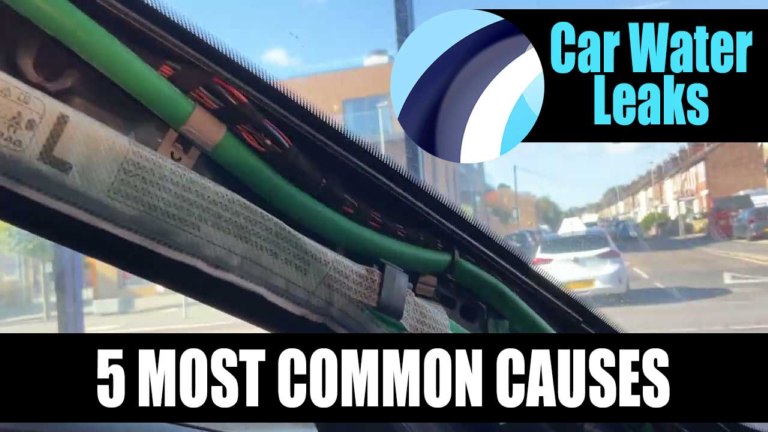
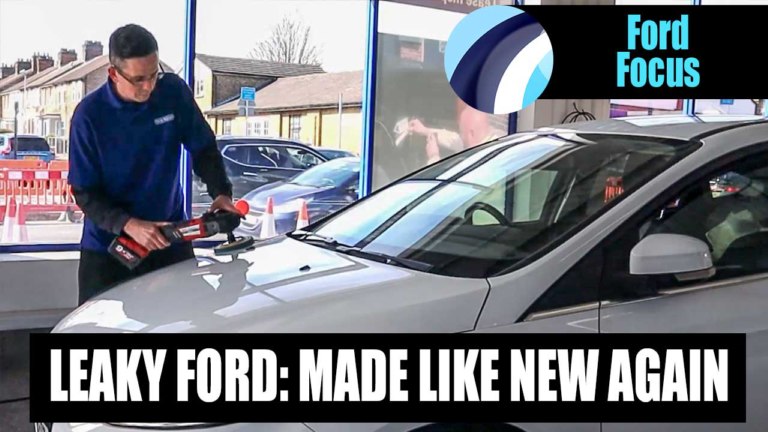
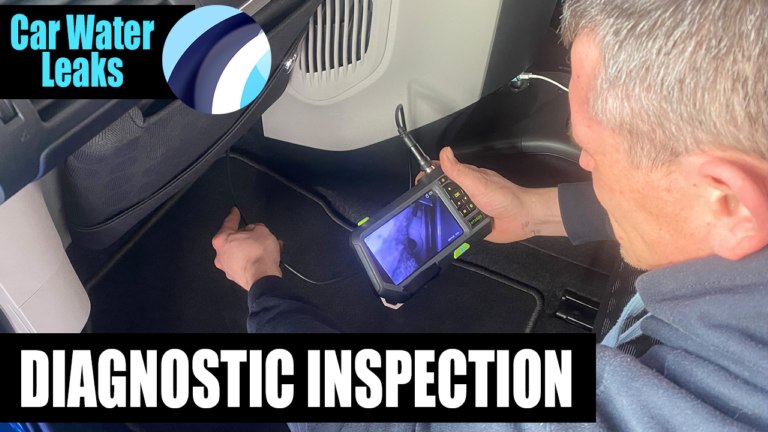
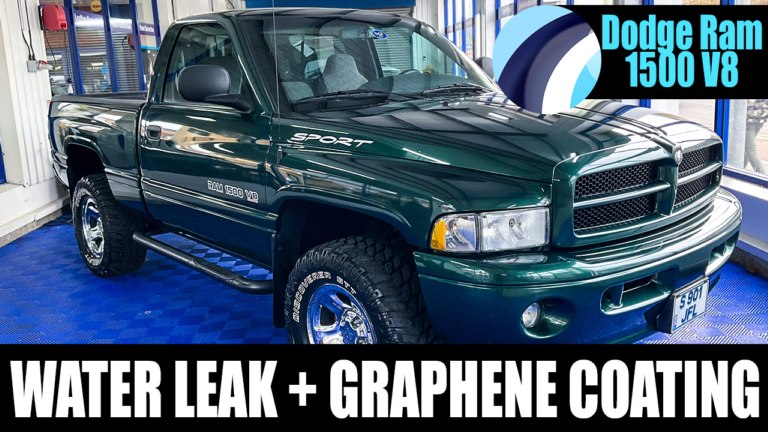
Share this blog